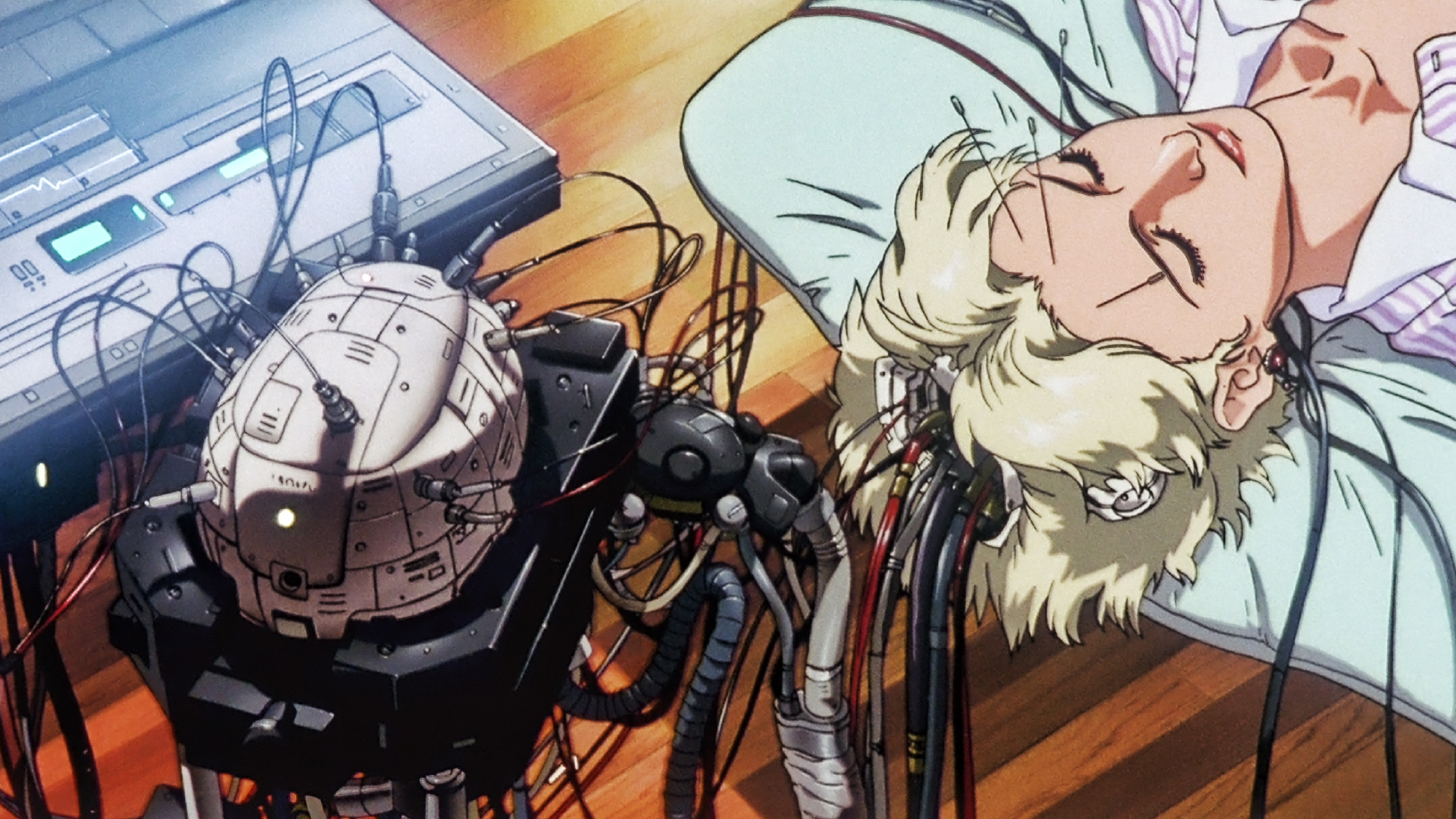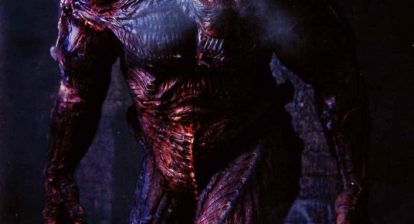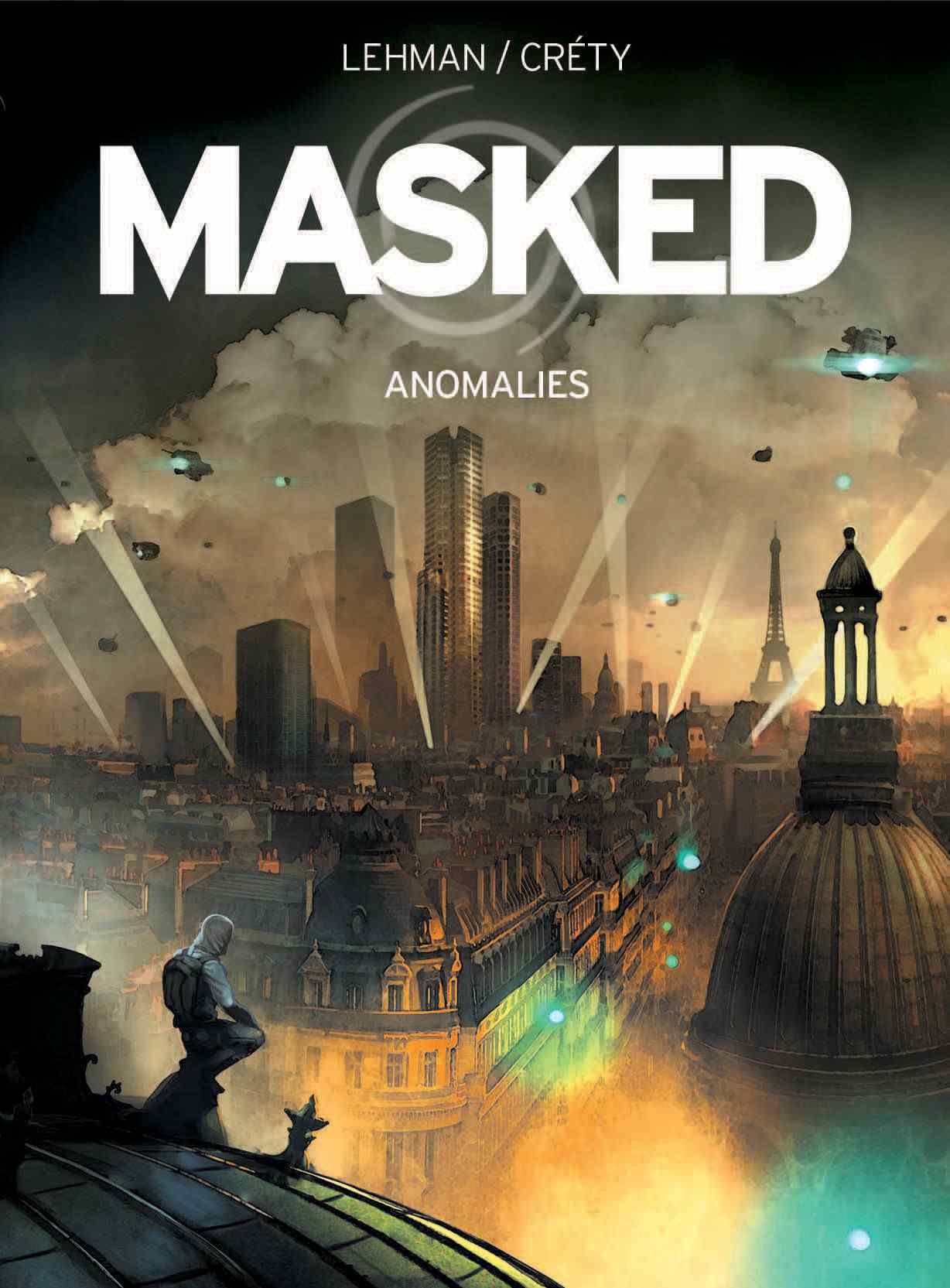Ghost In The Shell was a watershed moment for the appreciation of anime in America, as well as becoming a directional force for both animators and live action filmmakers with its unique mix of cyberpunk aesthetics, stylized action and conceptual ambition. While not successful upon initial theatrical release in 1995, the film found a cult following on home video. As the flick gained momentum amongst critics and fans, it spawned a 2002 television series (Ghost in the Shell: Stand Alone Complex), a 2004 semi-sequel (Ghost in the Shell 2: Innocence), a 2008 “update” with new footage (Ghost In The Shell 2.0) and a 2017 live action adaptation starring Scarlett Johansson.
Also See: Five Chilling Horror Anime Series You Need To Watch
In 2029 Japan, technology has advanced to point that organic material can be augmented or entirely replaced by cybernetic parts. Cyberbrains allow a separated human consciousness or “ghost” to access the Internet and other networks, and control an otherwise mechanical “shell” of a body. With the rise of transhumanism and perpetual network access, a new class of criminal hacker has emerged, as well as a new class of public security agents. When a malicious computer virus called the Puppet Master manages to infiltrate the staff of the Foreign Minister, cyborg Major Motoko Kusanagi (Atsuko Tanaka) and her mostly human partner are tasked with tracking down the culprit.
The espionage aspects of the plot are engaging, but where Ghost In The Shell soars is how prescient its universe feels, 25 years on. Access to the Internet and other mass communication networks were much more limited, and hackers were a far more niche subculture circa 1995. Today, constant connectedness is almost expected, with smartphones and social media providing us a constant flood of interaction, information, and entertainment that fits in a pants pocket.
As I type this, we are still in the midst of a global pandemic, and the majority of our daily actions are conducted online, from virtual workspaces to ordering groceries on Amazon. Services and information are a few keystrokes away, but it is a poor substitute for human warmth and connection.
While we have not yet reached the cybernetic heights of the film, we are getting ever closer, with 3D-printed replacement organs, and early neural implants successfully tested on pigs. As biology and technology become more intrinsically linked, we must consider the morality of that technology, and what life might mean without the bookend of death. Do we need “real” parts or organic bodies if perfect facsimiles can be created for us? The shift into the deeper philosophy and consequences of the narrative as it moves into its second half are what really cements Ghost In The Shell as a conceptually ambitious classic.
The visuals are no less innovative, with a mix of traditional cel animation and early computer graphics. While 4K Ultra HD can often be the enemy of older films, with the sky-high image quality emphasizing the smallest of flaws, Ghost In The Shell is even more visually stunning at high resolution. The odd plasticine smoothness of the Major versus the more worn visages of more organic human characters and the flawless transitions to optical camouflage are just a few of many stand out moments. The careful shopworn realism of the city in contrast to the highly stylized characters is rendered in incredibly precise detail, and even the smallest scenes in the film provide a ton of newly visible nuances that were not nearly as apparent in previous home releases.
Also See: Internet Horror: True Crimes that Rocked the Web
The special features on this Blu Ray/4K combo pack are an excellent mix of brand new material and older supplements, to make a very comprehensive package. There are 2 brand new featurettes. Landscapes & Dreamscapes: The Art And Architecture Of Ghost In The Shell features author Stefan Riekeles , and Accessing Section 9: 25 Years Into The Future. The latter is the more substantial of the pair, and provides excellent retrospective look as to why Ghost In The Shell had such a wide ranging impact. 
The audio commentary track features a round table discussion with translator Mary Claypool, producer/writer Eric Calderon, voice actor Richard Epcar and animation historian Charles Solomon. As this commentary track lacks any of the original Japanese personnel, the focus stays more on the broad themes of the film, and some fun personal anecdotes from the creation of the English language dub. Theatrical trailers, a production report, upgraded Dolby Atmos surround sound audio (for both the English and Japanese tracks), and a digital effects focused interview with director Mamoru Oshii round out the set.
Also See: Label Makers: The Persistent Problem With Sub-Genres
This is a well curated and beautifully upgraded prestige release, that provides plenty of goodies for long term fans, and new viewers alike. While the film has inspired a host of creatives, from the directors of The Matrix to the creators of television hit Westworld, none of its progeny have so effectively mixed man and machine into quite the same magic. The movie is a distinct visual marvel 25-years on, and its central themes are even more eerily topical in the present day. Ghost In The Shell still holds up as a seminal achievement in both technical wizardry, and deeply soulful science fiction storytelling.
Wicked Rating – 9/10






